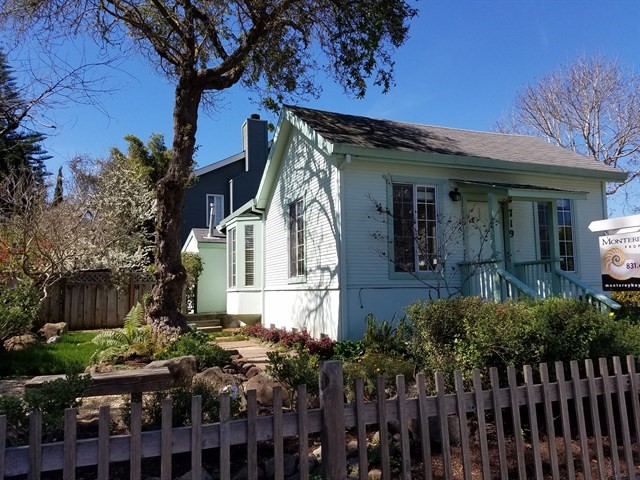
After the election I started watching Bloomberg TV instead of the news/opinion channels I had been watching. I guess I just got tired of all the yelling, in addition to the fact that I felt the need to try and get some clarity on what might happen to the economy, and more specifically the Silicon Valley housing market.
Besides the much needed civility I found on Bloomberg, I quickly came away with the understanding that no matter who the different reporters and commentators said they thought would be winners and losers in a new political environment, there was one thing everyone agreed on. Interest rates are going up. PERIOD, end of story. Janet Yellen was going to raise interest rates anyway, due to the favorable economic environment. But added to what would have happened, regardless of the election outcome, everyone agrees that we appear to be headed for an inflationary period.
I am old enough to have purchased my first home when interest rates were 19% and the most valuable homes were those that had assumable mortgages as 13% or less. Hopefully we are not going back to those days.
But we are going from interest rates in low 3% to now over 4% and presumably still rising. So what does this mean to the Silicon Valley housing market?
Common wisdom is that as interest rates go up housing prices go down since the ability for a borrower to pay also goes down. We have seen this in the past, but the decrease in price is not always proportional to the increase in rate.
Take this example.
A Million dollar loan: 30 year fixed
At 4.150%: $4861 a month
At 5%: $5368
At 6%: $5996
At 7%: $6653
The difference for each jump of 1% in interest translates into about a 10% increase in monthly payment.
For a conforming loan of $400,000 30 year fixed
At 4%: 1910
At 5%: 2147
At 6%: 2398
At 7%: 2661
Again, the difference for each 1% in increased interest rates equates to about a 10% increase in monthly payment.
So, in order to make waiting a money saver, If interest rates go up 1% pt. housing prices must go down over 10%. At a 2% pt hike housing prices must go down over 20%, and at a 3 pt climb they must go down over 30%.
Do we expect this to happen in the Silicon Valley housing market in the near future?
No one can say for sure, but let’s look back at housing rate drops during the big crash of 2008-2010/2011 in some different neighborhoods.
These are average prices for all residential real estate. Some segments fell more than others, but on average I looked at what the mean sale was for single family homes, town homes and condos in four locations: Palo Alto, East Palo Alto, 94087 (Sunnyvale west of El Camino), and Willow Glen.
Palo Alto:
High before crash: $1.3 million
Low after crash $1.2 million
East Palo Alto
High before crash: $628,000
Low after crash: $295,000
94087
High before crash: $779,000
Low after crash: $717,000
Willow Glen:
High Before crash: $793,000
Low after crash: $637,000
What so these numbers tell me about the Silicon Valley housing market, and by extension you?
If you are planning on buying in one of the areas where prices held up fairly well during the crash, then waiting for prices to drop as interest rates rise may not be to your advantage.
If you are planning on buying in a location that did not hold up well during the crash then an increase in interest rates may get you some savings in the long run or maybe bigger, better property.
My only concern would be that places like East Palo Alto that suffered so badly during the crash may not drop as much with higher interest rates since the location is so convenient to Facebook and Google. That may put enough pressure on these east of 101 neighborhoods to keep the prices supported more than they were in the crash.
I believe the same may be true in San Jose as companies like Google and Apple move south where there is more available space. In neighborhoods like Alum Rock or South San Jose where there is a lot of investor activity it may be better to wait until prices fall.
If you have any questions about buying or selling a home in the Silicon Valley please feel free to contact me.



